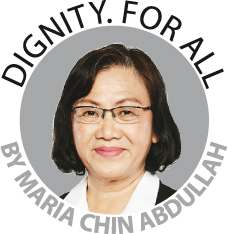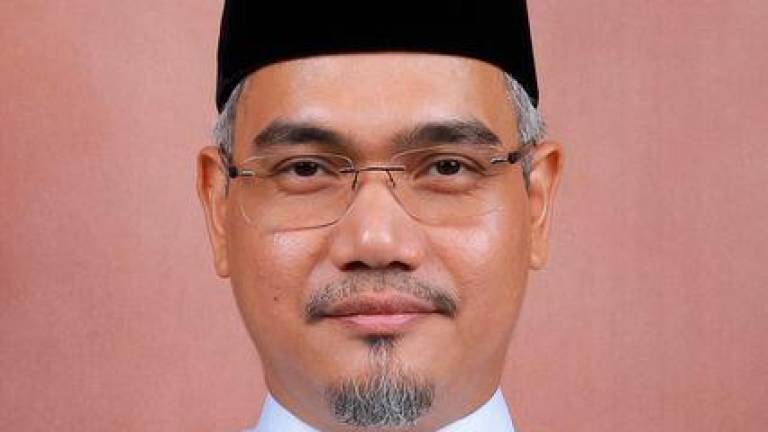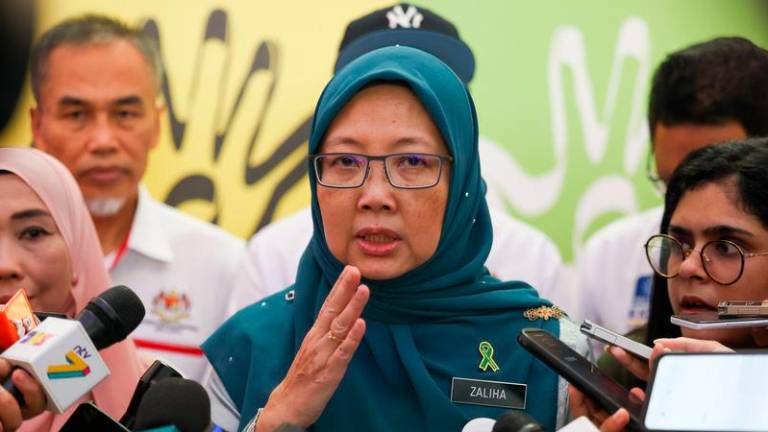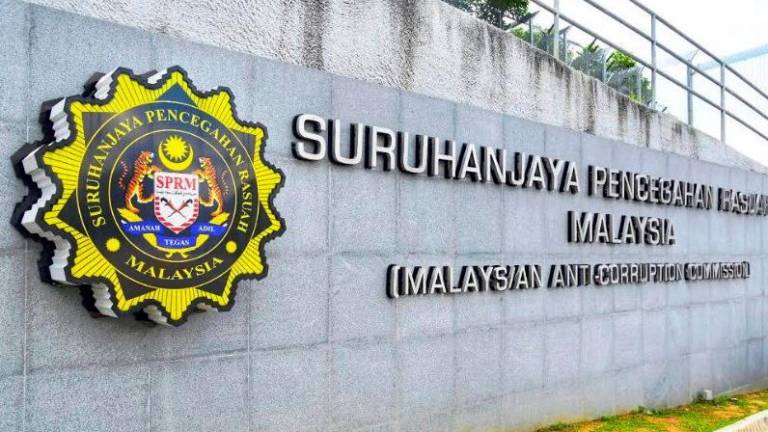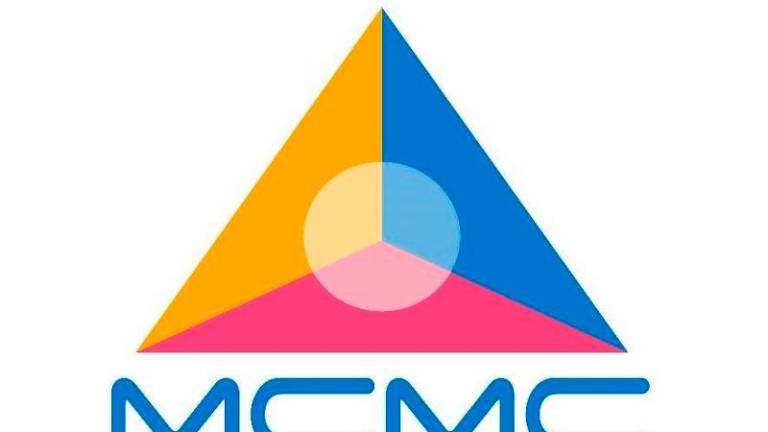ON Jan 28, the much anticipated National Housing Policy 2018-2025 was launched by the housing and local government minister. It lays out the government’s plan to solve the national housing crisis especially home ownership in the B40 group.
The policy highlights many positive recommendations including an emphasis on working alongside state and private sectors to create a sustainable and competitive housing industry; introducing Quality Housing Standards to improve the standard of housing developments; and strengthening the capacity of government agencies to drive the policy effectively by emphasising research and data collection.
Equally important is the policy’s third strategy which is to “provide and maintain quality facilities and services in the neighbourhood to support community life”. All over the nation, we are seeing similar patterns of neglect and mismanagement of low-cost high-rises.
In Petaling Jaya, for example, low-cost buildings and structures barely 20 years old are starting to show some major structural defects. But the problem does not just lie with broken lifts, rooftops that are falling apart, damaged drains and pipes and overflowing sewage system.
Lack of organisation, poor community support and apathy of residents living in low-cost houses are proving to be a huge barrier to improving their quality of life.
The lack of accountability and inability of many joint management bodies (JMB) and management corporations (MC) to provide adequate maintenance and management of low-cost strata properties is an extremely serious issue with the non-submission of accounts and missing funds becoming an all too common problem.
There have been many instances where the mismanagement of funds and poor collection of fees have led to unpaid water and electric bills amounting to hundreds of thousands of ringgit.
Although left frustrated when the building’s electricity and water supply is cut off for non-payment, many residents still go to great lengths to avoid paying maintenance fees, even making threats against the JMB members. Despite the maintenance fees for low-cost housing averaging at around RM50 a month, many choose to spend their money elsewhere as they do not feel duty-bound to contribute.
This attitude cannot be allowed to continue even as we look towards improving the structural upkeep and management of low-cost buildings.
Left unchecked, it has also led to the creation of unsafe spaces for the residents as social problems such as drug use, crime, and gangsterism thrive as these communities struggle to organise.
Under the Strata Management Act 2013 (SMA), a commissioner of building (COB) is appointed to administer and enforce the provisions under the law including on those who fail to pay maintenance fees.
But the reality is that there is a critical failure and breakdown in the institution as COBs have failed to enforce the law. It is also unacceptable that COBs have allowed some developers to avoid issuing owners with strata titles even after more than 10 years since completing the development.
The fact that COBs have also engaged in political manipulation during the previous administration makes it all the more important that their role be re-examined for accountability and integrity.
In the National Housing Policy, the government has said that it aims to strengthen the capacity of the JMBs and MC so that they are able to ensure effective management and maintenance of buildings. This will be done with widening the provision of jurisdiction of JMB and MC under Act 757 (SMA). However, the government has said that this will only be done by 2022 following the conclusion of their research.
The government is also looking at the establishment of the National Housing Management Corporation (3P) which is meant to address issues facing low-cost houses such as waste disposal, inadequate parking and poor maintenance.
The ministry is on the right path with its focus on community involvement at low-cost housing. The community empowerment programme at Lembah Subang 2 recognises the importance of creating a collective community to address issues such as cleanliness, maintenance, safety and wellbeing in public housing. What the government could improve on is to engage other ministries and agencies to solve the multi-sectoral housing problems that co-relate with youth unemployment, heathcare, transport and education.
For the implementation of the Delhi Master Plan 2041, for example, the Indian government is looking to engage with the people and chief stakeholders early on in its development phase. This includes reaching out to people rather than merely calling for suggestions and objections.
Even the most carefully planned and prepared housing policy would encounter unexpected situations that were previously not considered.
There must be oversight including the review, monitoring, and supervision of the policy implementation. This should be done either by setting up a specific parliamentary select committee or joint committee to include Senate and key stakeholders. The objective is to monitor and evaluate the National Housing Policy and not just ensure effective implementation but to include participation from the people and various beneficiaries.
Housing policy monitors in other countries include the London Assembly Housing Committee which publishes an affordability housing monitor on affordable homes built each year in the city. It also conducts investigation and sets up resident engagement to assess how residents are involved in the management of their homes.
The Australian Homelessness Monitor looks at how social and economic policy drivers influence changes to homelessness.
Solving the deteriorating conditions of low-cost housing and making housing affordable is to ensure that a mechanism for fair and just implementation of the housing policy exists.
Comments: letters@thesundaily.com




